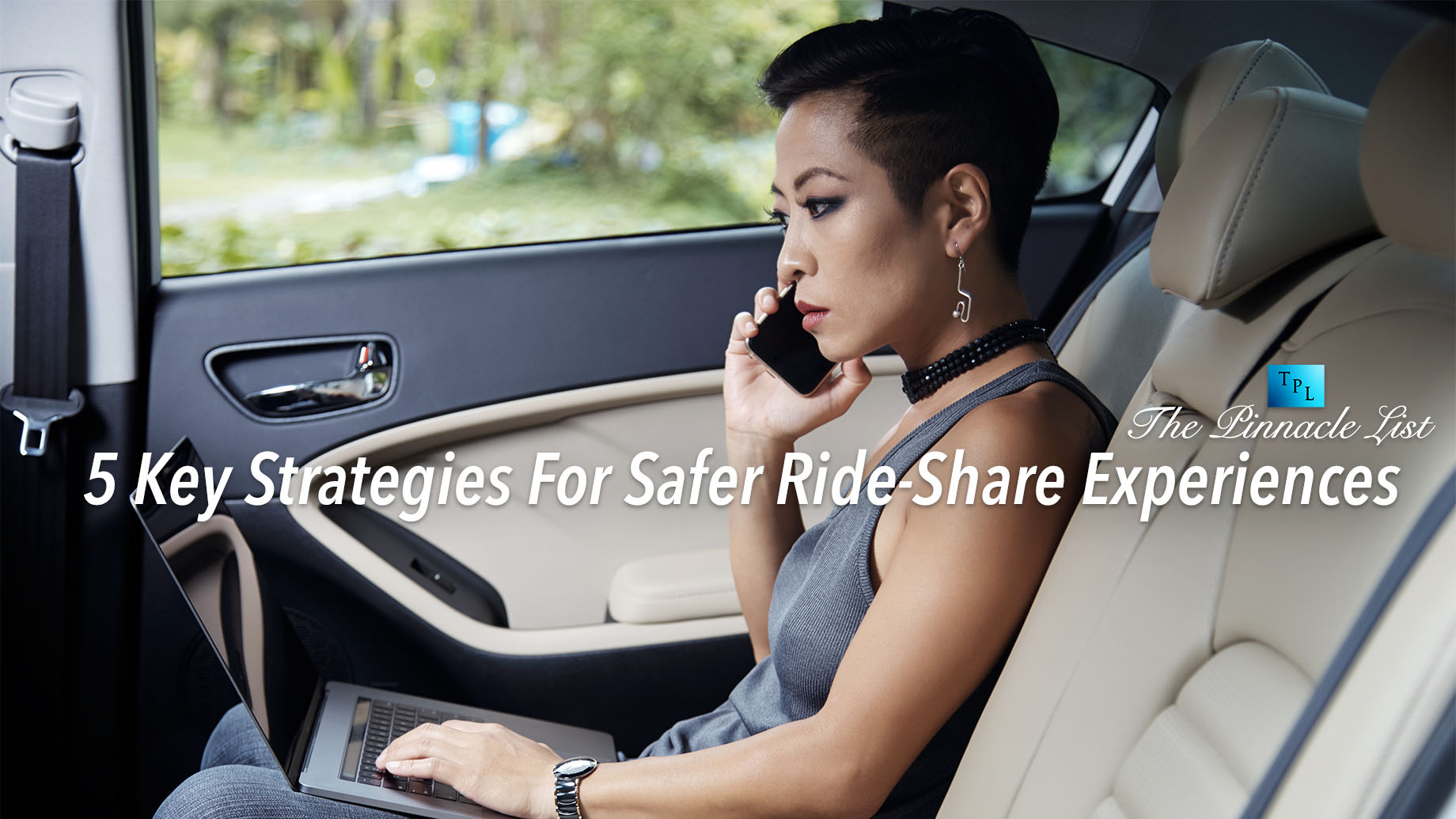
Ride-sharing services have redefined urban mobility and how you can travel around cities, especially in today’s fast-paced world. They provide convenience and flexibility at your fingertips. However, the services come with the need for an individual commitment to safety.
Recently, with the number of incidents and increasing fears, security has become something everyone must be both conscious and proactive about when using ride services.
This is why knowing how to stay safe is essential since ride-sharing platforms are constantly changing and becoming more popular. It is a time when the proper safety precautions can determine whether you have an uneventful trip or end up in a dangerous situation.
In this detailed guide, you will learn five ways that you ought to know and practice. These moves will ensure a safer ride from pick-up to destination.
1. Verify Your Ride Before Getting In
One of the best ways to ensure that you have a safer ride-share experience is by confirming your ride before getting in. Check the license plate, make, and model of the car.
Also, confirm that the picture of the driver matches the one in your application. This is very important to help solve impersonations.
Additionally, make sure that you let the driver confirm your name before you mention it. This helps you identify each other and ensure that you get into the right vehicle.
It is more important to note that valid drivers respect these measures and take them into consideration, further emphasizing that ride-share apps need to adopt a comprehensive approach to keep passengers safe by establishing means and protocols for the assurance of security to all users.
2. Share Your Trip Details with Trusted Contacts
Most contemporary ride-share apps have an embed feature you can use to share with a friend or family member where you are going. As such, use these tools and tell your trusted contacts where you are going.
It builds a layer of protection in the form of route tracking by allowing others to track your journey and know your estimated time of arrival. You must configure the app with your emergency contacts.
This will make sure that sharing is a simple tap rather than a rush before you start your ride. Also, some apps allow you to set up notifications to the people you choose when you arrive.
This can be reassuring for you and your loved ones, as your contacts will always know where you are. In circumstances where you would have to make unscheduled stops or even divert from your route, they can easily reach you to check that everything is okay.
3. Maintain Awareness During the Ride
While it might be tempting to immerse yourself in your phone or doze off during a long ride, staying alert is crucial for your safety. Keep track of your route through your map application to ensure you’re heading in the right direction.
It could be a red flag if the driver deviates significantly from the suggested route without explanation or your consent. Position yourself in the back seat on the passenger side to get the best visibility of the driver and your surroundings.
Such a step provides quick access to an exit if needed. You should avoid sharing personal information during conversations with the driver.
4. Plan for Pick-up and Drop-off Locations
Thoughtful selection of your pick-up and drop-off points can significantly impact your safety. Request pick-ups in well-lit, populated areas where you can wait safely indoors until the driver arrives.
Thus, you should not stand alone on dark streets or in isolated areas while waiting for your ride. For drop-offs, particularly at night, consider requesting to be let off at a well-lit public location near your final destination rather than directly in front of your home.
This prevents drivers from knowing your exact residence, especially if traveling alone. In this regard, many 24-hour businesses, hotels, and well-monitored public spaces can be safer alternatives.
5. Utilize In-App Safety Features and Emergency Options
Many of the new ride-sharing applications have invested in a number of safety features that you should make sure to use. For example, most apps now offer emergency buttons linked directly to local authorities, location sharing, and recording of trip details.
Other services also offer added features like in-app audio recording or driver background verification badges. Keep your phone charged and accessible during the ride.
You should, therefore, have an idea of how to get access to the emergency features quickly but not by having to navigate into the menu. This being so, some of the apps have code words or phrases that you would use when talking with customer service to elicit help in a manner that is subtle enough not to raise suspicion for the driver.
Conclusion
While rideshare companies allow for ease of traveling that is unmatched in modern life, your safety must always be of utmost importance.
Thus, thorough verification of the ride, sharing the trip, maintaining awareness, planning locations wisely, and making use of in-app safety features all put together a sound framework for personal safety on your journey.
It’s always good to know the preparation safety measures. That extra minute it takes to recheck your ride or find a safer drop-off location is but a tiny investment in security.
While most ride-share experiences are safe, these protocols will prepare you for anything that can happen. Melding these strategies into everyday practices enables you to take confidence in ride-sharing with peace of mind.